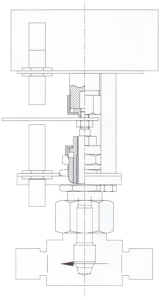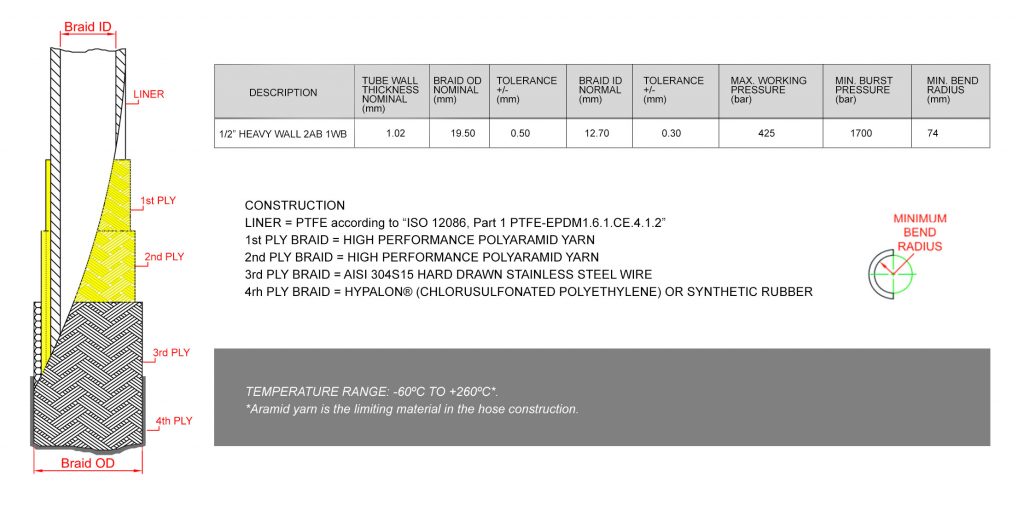REGULAR MAINTENANCE > MINIMAL DOWNTIME
We recommend annual scheduled maintenance. It is rare for new or serviced valves to fail within one year of service. A mid-season shut down is to be avoided at all costs. Valves should never jeopardize the smooth running of your dryers.
Avoid Risk
Fire in the drying chamber due to poor valve operation would be catastrophic. Not only endangering life, it could destroy the dryer and surrounding assets, devastating the milk powder market.
- Disengaged actuator lines -> valve actuation failure
- Product leaks within the valve assemblies -> increased risk of fire.
Prevent Loss
Maximising efficiency of your dryers and preventing downtime due to parts failure is essential in the efficient running of your plant.
- Air leaks -> poor valve actuation.
- Poor valve shutoff -> droplet formation in your dryer
Reduce Costs
- Replacing all serviceable valve parts with the designed specification spare parts, should ensure trouble free operation for next season.
- We build a complete service history for each valve, ensuring no unnecessary work is undertaken.






